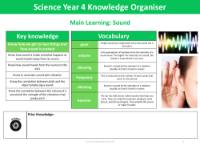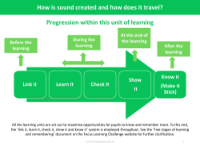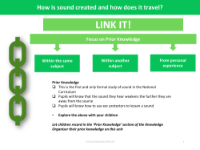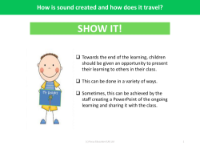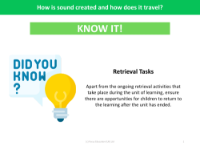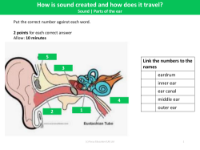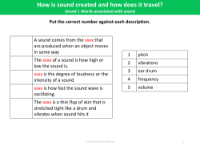Long-term overview - Sound - Year 4
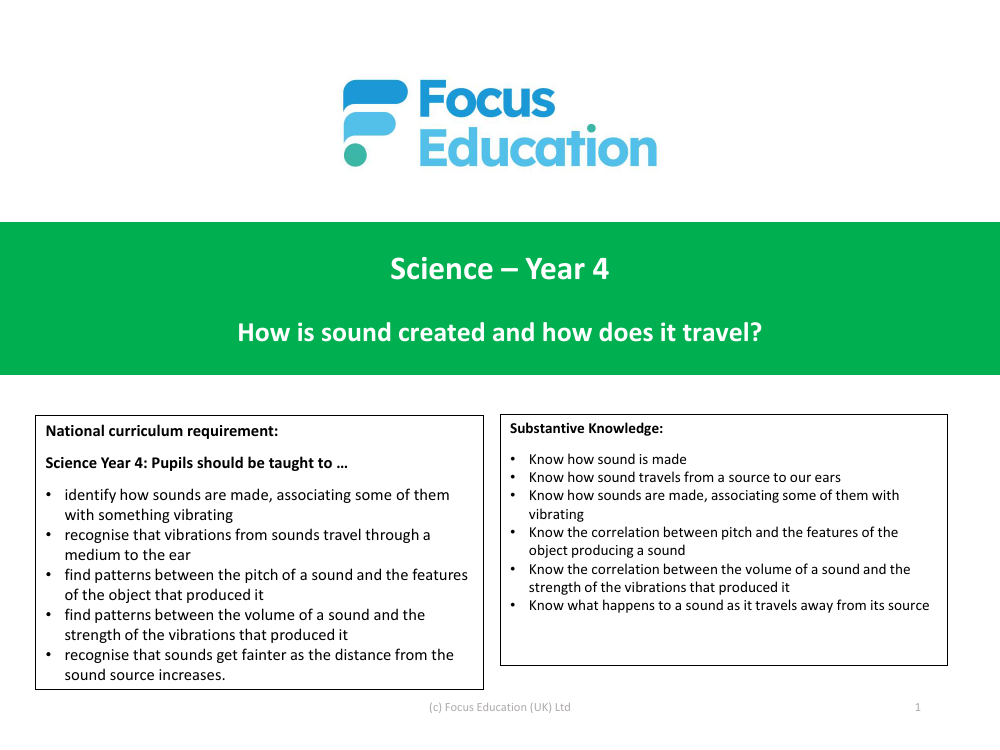
Science Resource Description
The national curriculum for Year 4 science includes a comprehensive unit on sound, where pupils are expected to explore and understand various aspects of how sound is produced and transmitted. The curriculum specifies that students should learn to identify the creation of sound through vibrations and understand that these vibrations travel through a medium to reach the ear. They are also expected to investigate and find patterns relating to the pitch of a sound and the characteristics of the object that produced it, as well as the relationship between the volume of a sound and the intensity of the vibrations responsible for it. Additionally, pupils will learn that sound intensity decreases as the distance from the source increases.
Underpinning this curriculum are core pieces of substantive knowledge. Pupils will gain an understanding of the mechanics behind sound production and travel, including the association of vibrations with sound creation. They will explore the correlations between pitch and the physical properties of sound-producing objects, and between volume and vibration strength. The concept of sound attenuation with distance will also be covered. The curriculum includes practical scientific methods such as fair testing, where students will examine how distance affects sound volume, and pattern seeking, investigating how changes in the dimensions of tubes can alter pitch. This unit on sound is unique within the primary science curriculum but connects with music education, providing an interdisciplinary approach to learning about sound.
